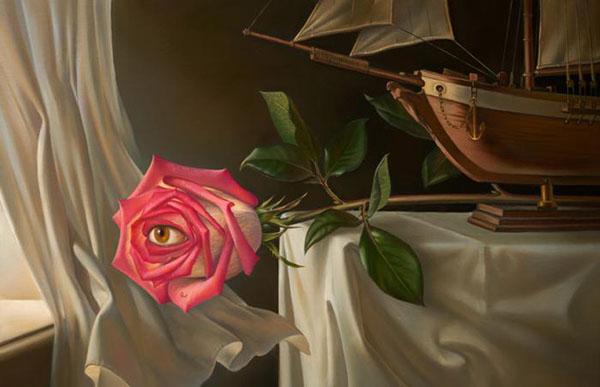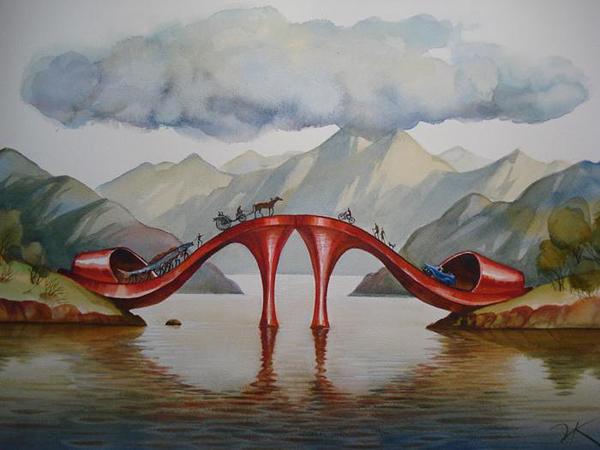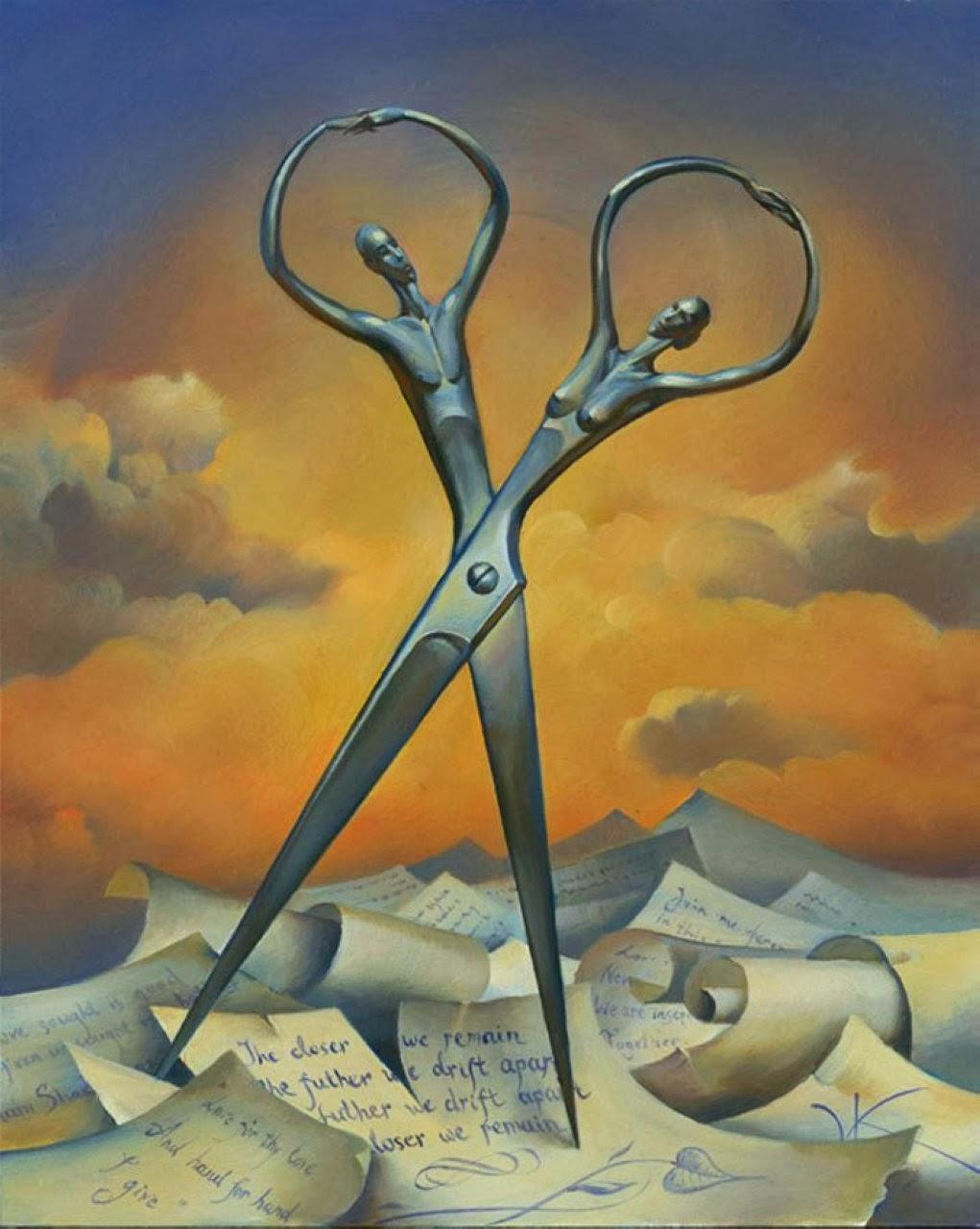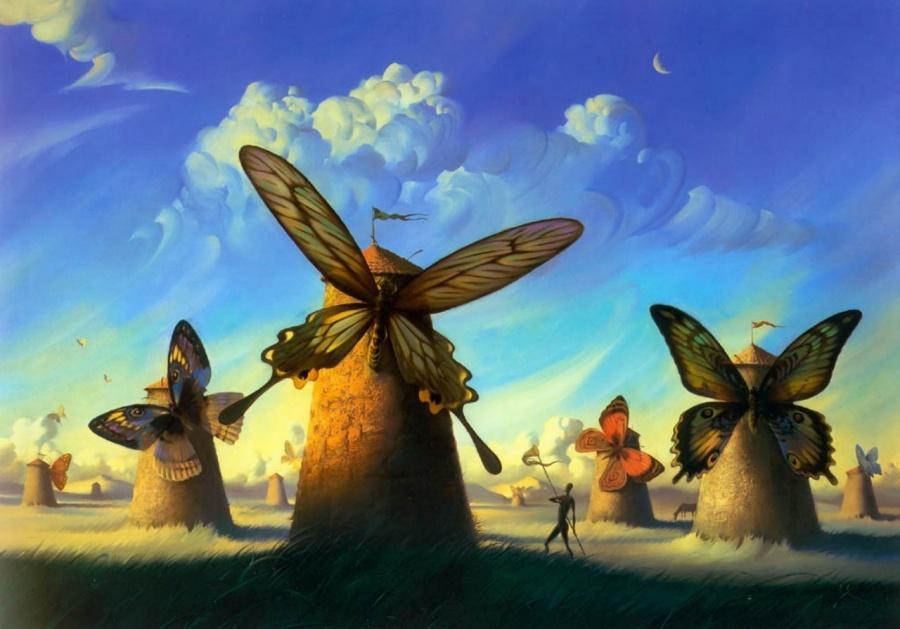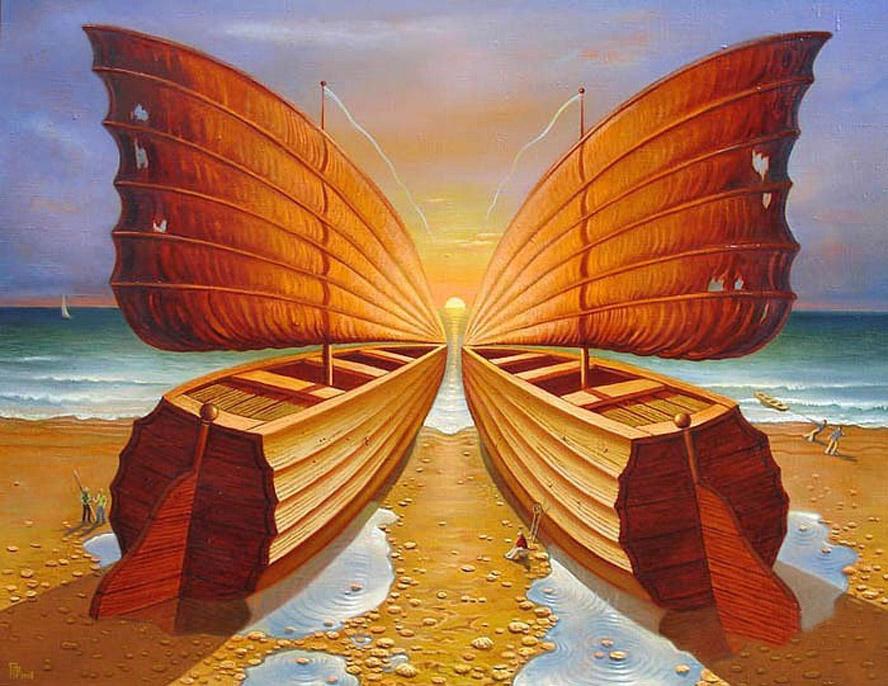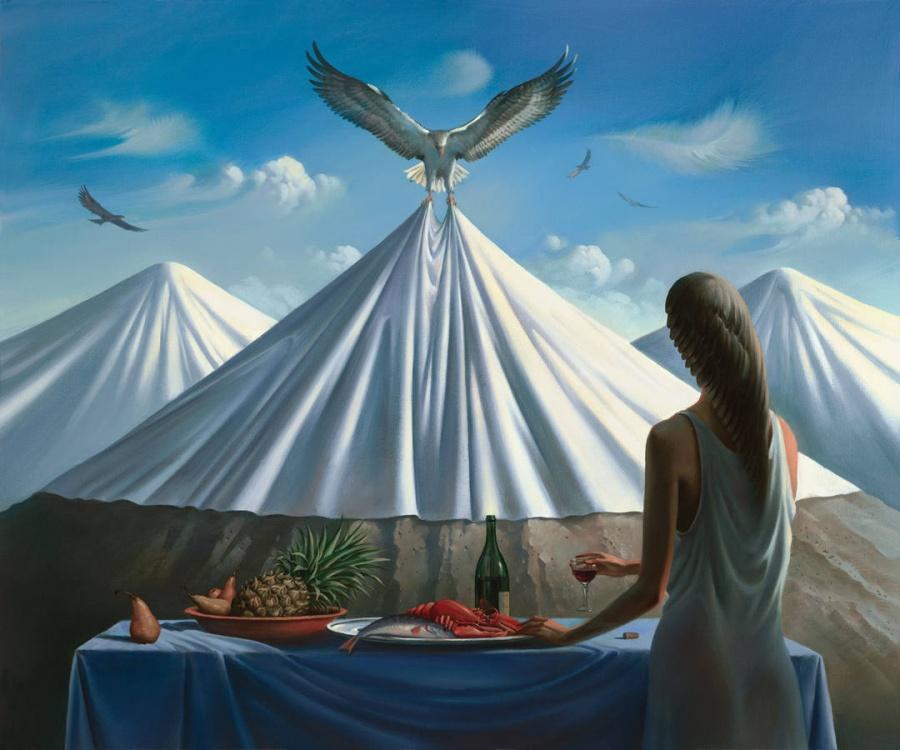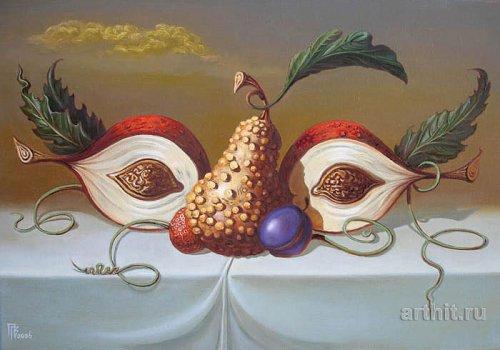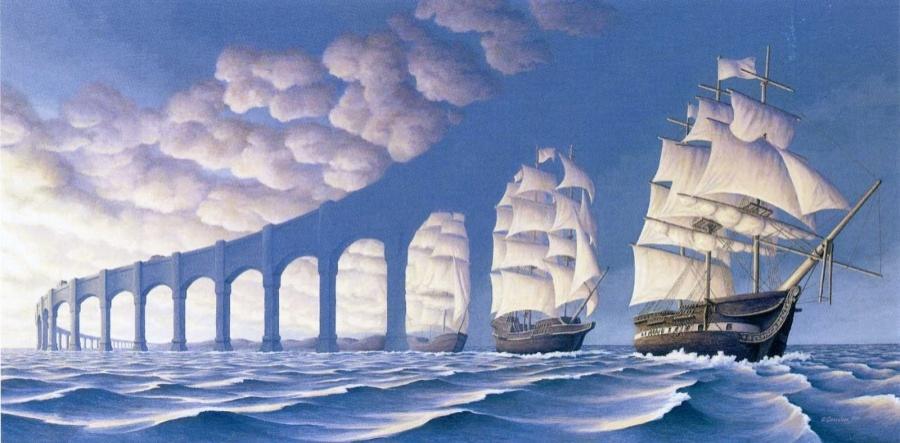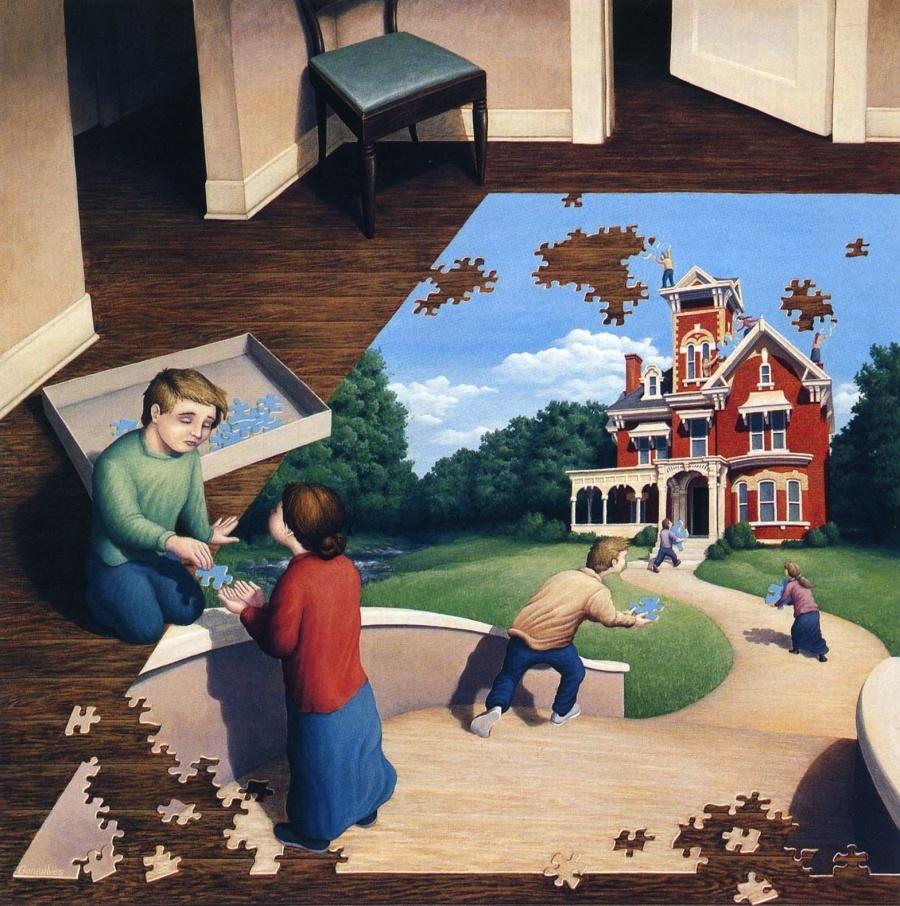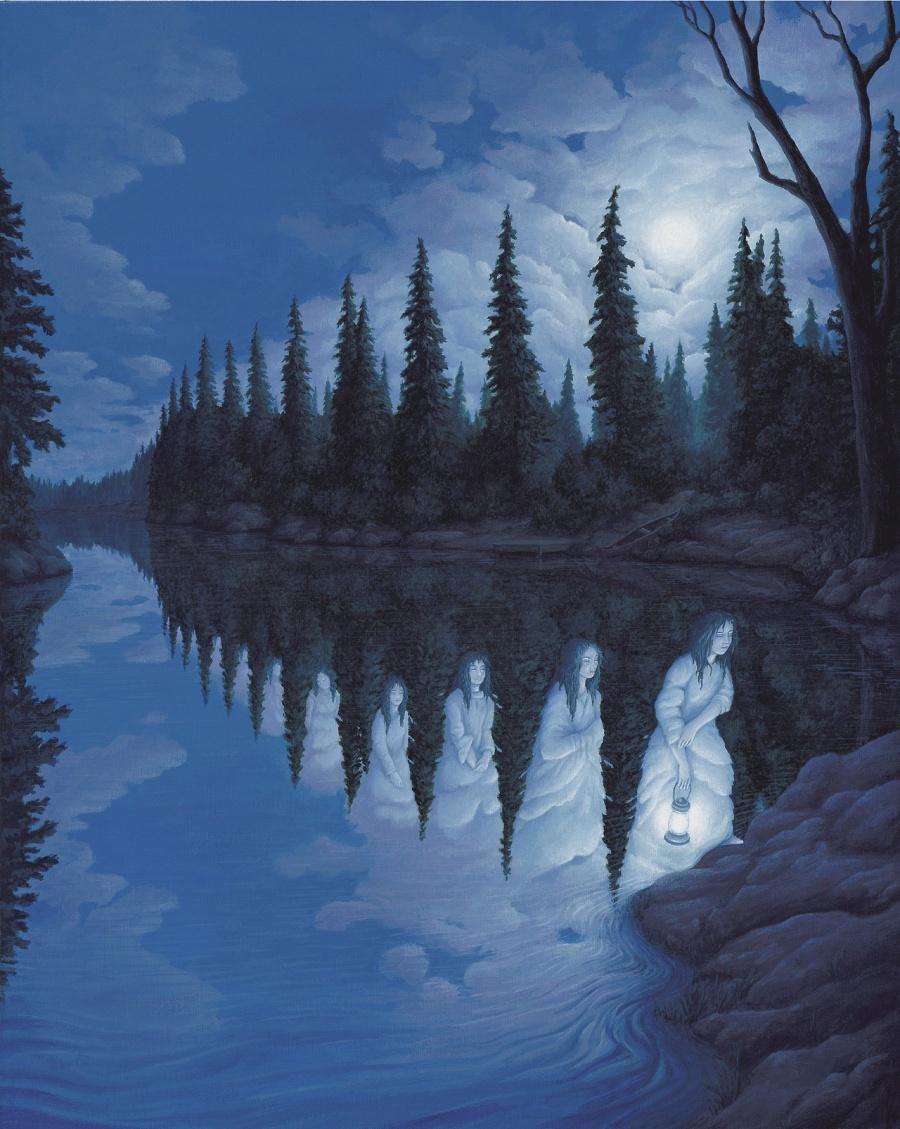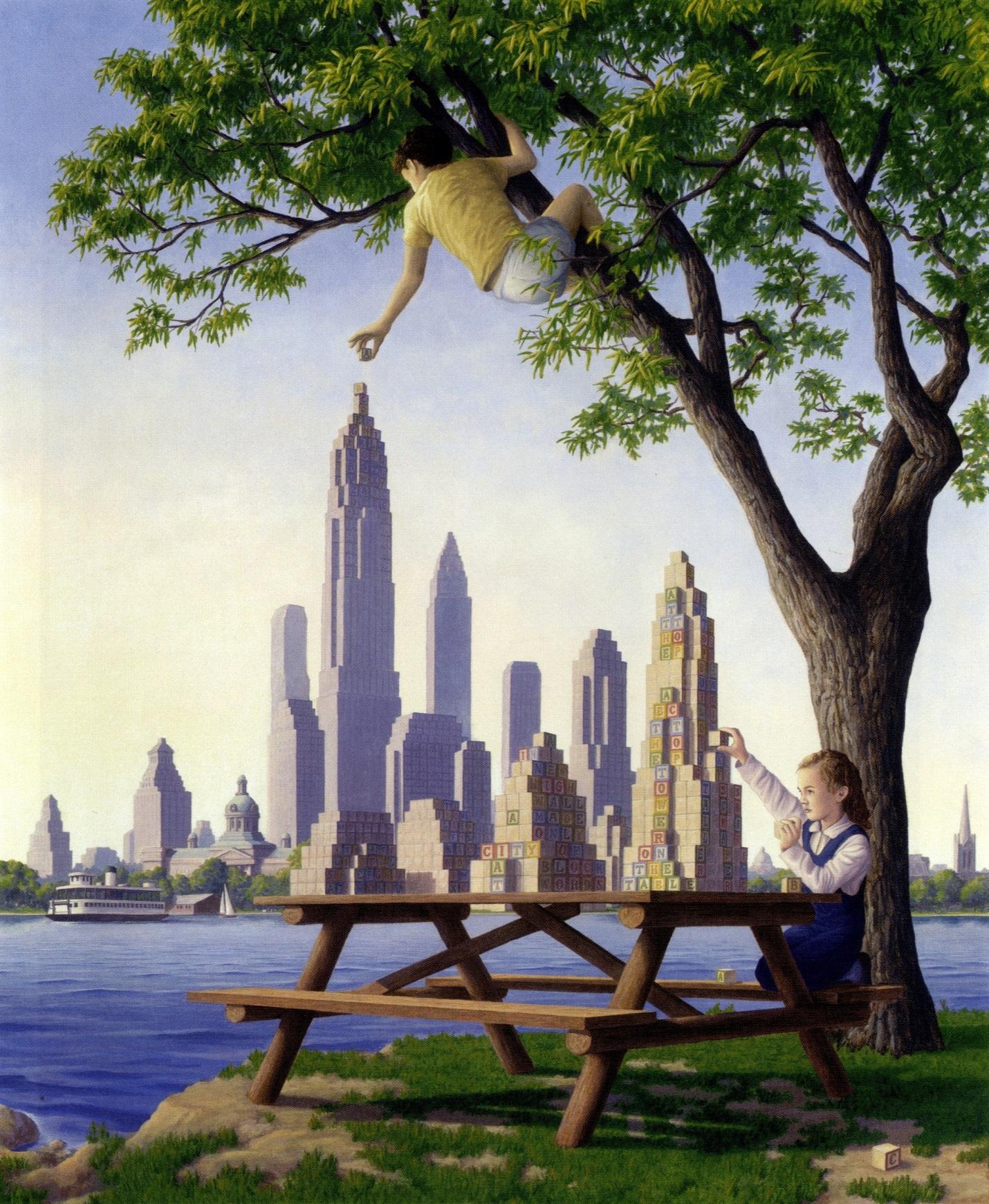Данный материал предназначен в помощь учителю к учебно - методическому комплексу "АНГЛИЙСКИЙ В ФОКУСЕ" для учащихся 9 класса общеобразовательных учреждений. МОСКВА, издательство. Ребята познакомятся с творчеством таких великих художников как Пабло Пикассо, Сальвадоро Дали, Рене Магритте, Роба Гонсалвеса и Владимира Куша
Создайте Ваш сайт учителя Видеоуроки Олимпиады Вебинары для учителей
Слайды по теме "СТИЛИ В ЖИВОПИСИ: КУБИЗМ И СЮРРЕАЛИЗМ "
Вы уже знаете о суперспособностях современного учителя?
Тратить минимум сил на подготовку и проведение уроков.
Быстро и объективно проверять знания учащихся.
Сделать изучение нового материала максимально понятным.
Избавить себя от подбора заданий и их проверки после уроков.
Наладить дисциплину на своих уроках.
Получить возможность работать творчески.
Просмотр содержимого документа
«Слайды по теме "СТИЛИ В ЖИВОПИСИ: КУБИЗМ И СЮРРЕАЛИЗМ "»
Полезное для учителя
Распродажа видеоуроков!
1610 руб.
2690 руб.
1600 руб.
2660 руб.
1850 руб.
3080 руб.
1600 руб.
2660 руб.
ПОЛУЧИТЕ СВИДЕТЕЛЬСТВО МГНОВЕННО
* Свидетельство о публикации выдается БЕСПЛАТНО, СРАЗУ же после добавления Вами Вашей работы на сайт
Удобный поиск материалов для учителей
Проверка свидетельства
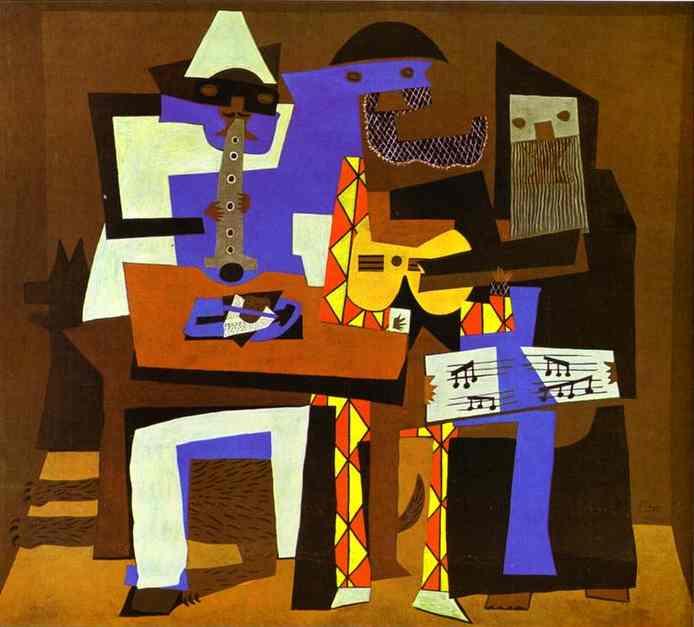
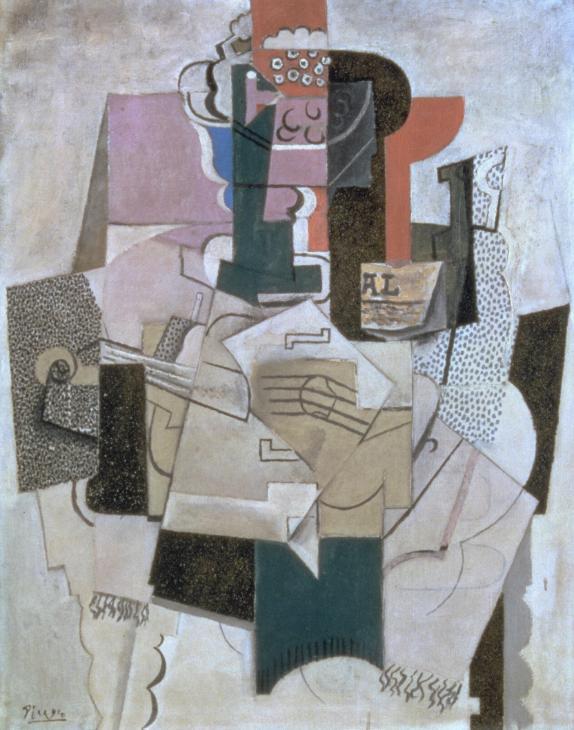
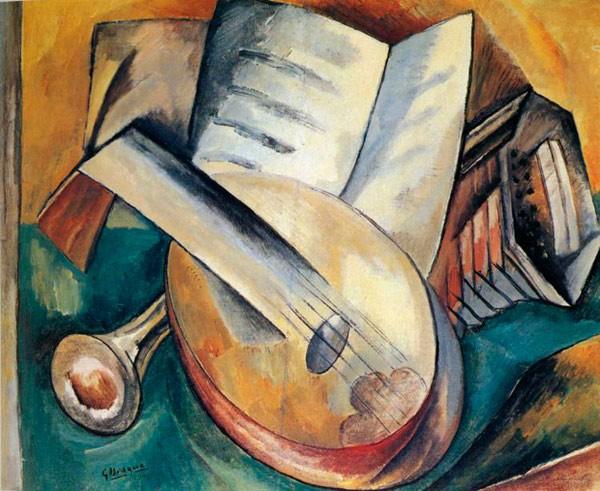
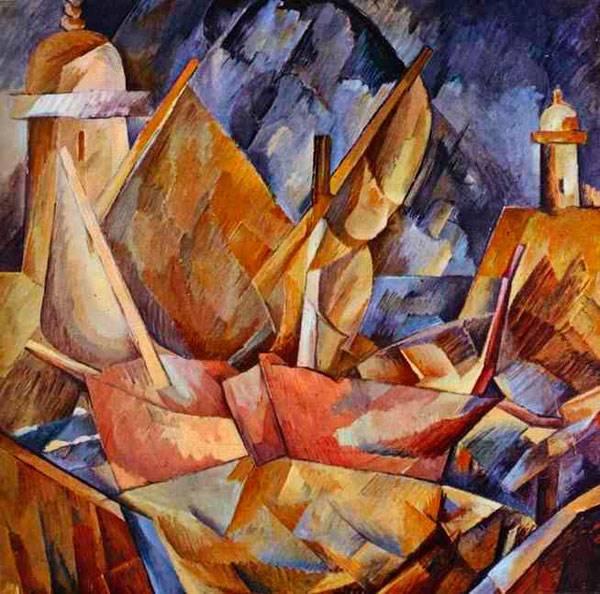 .
.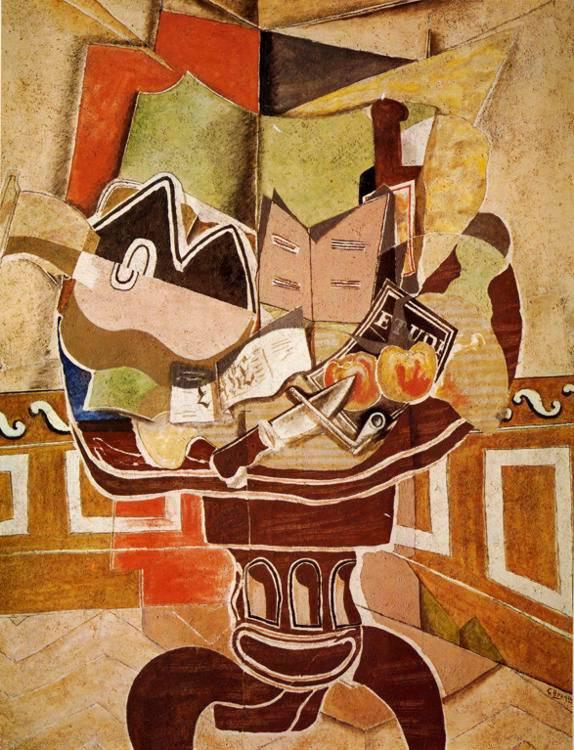
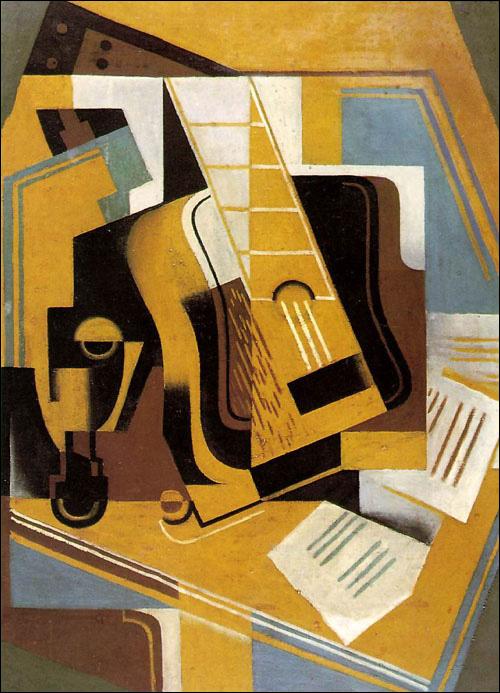
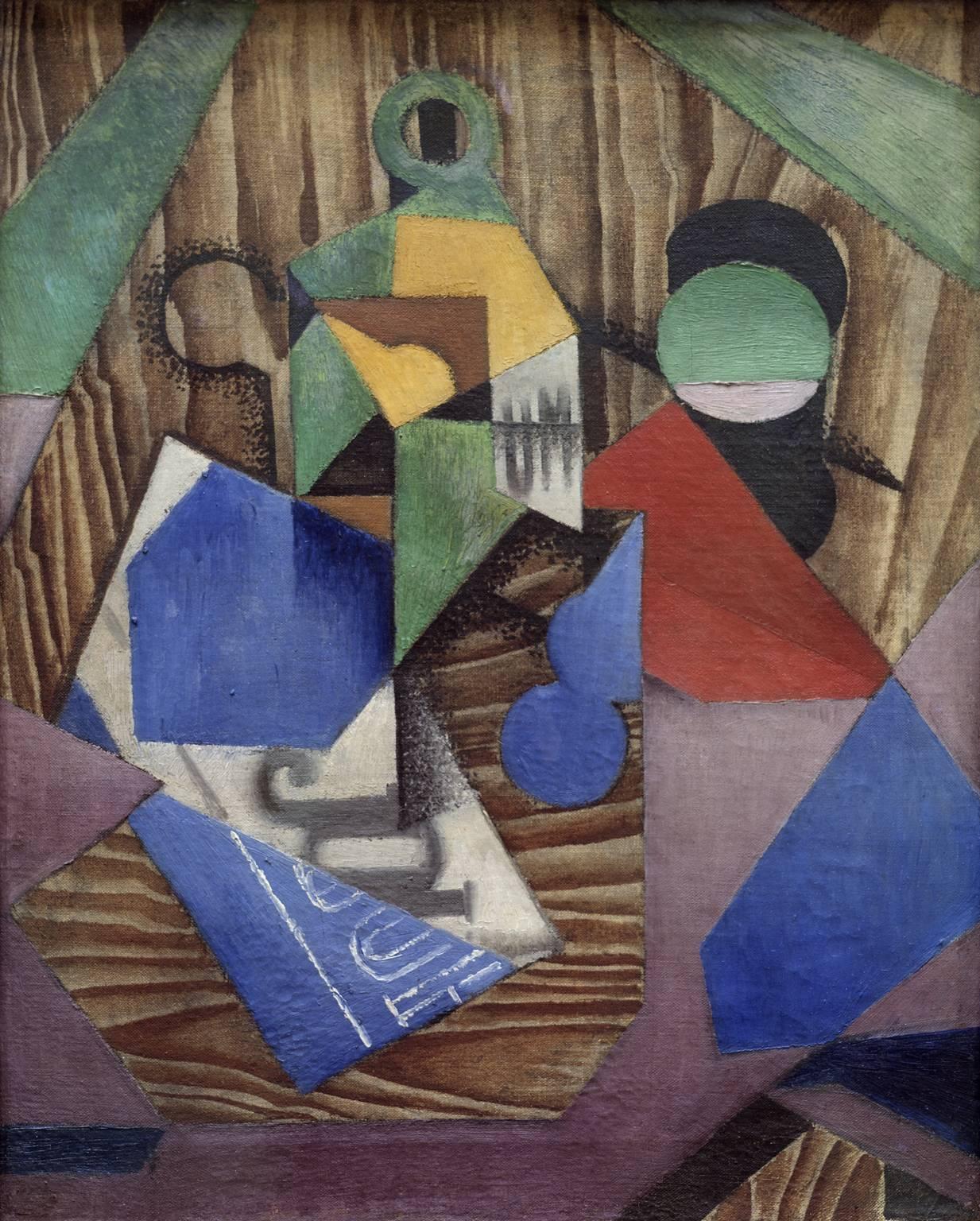

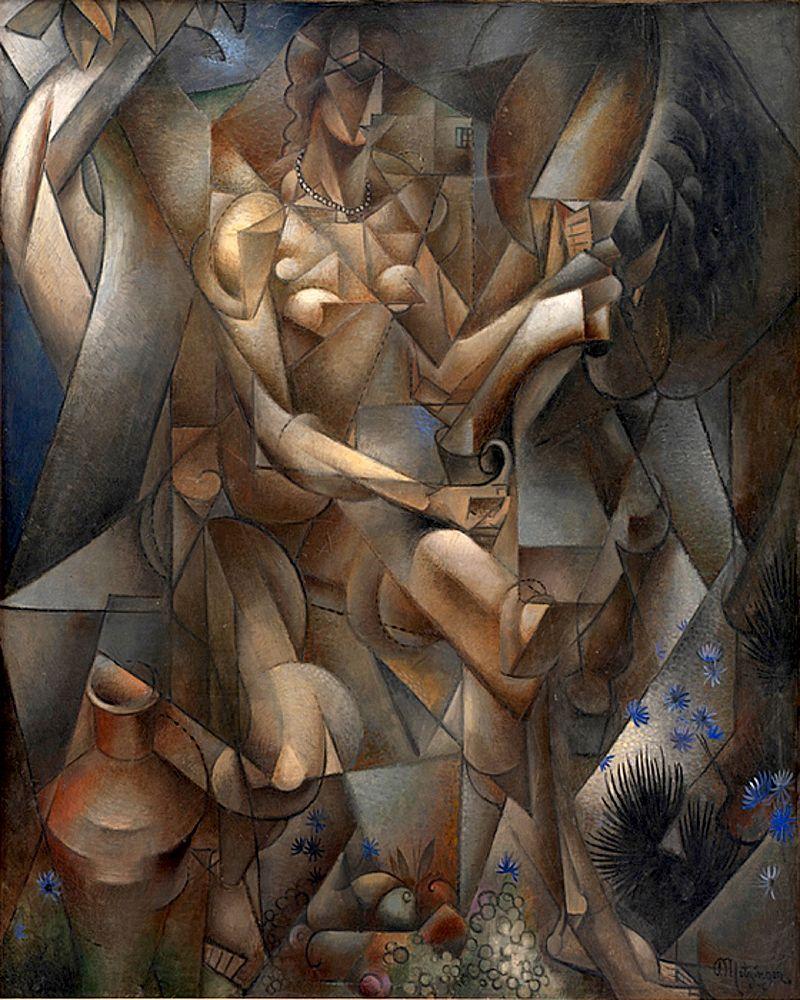
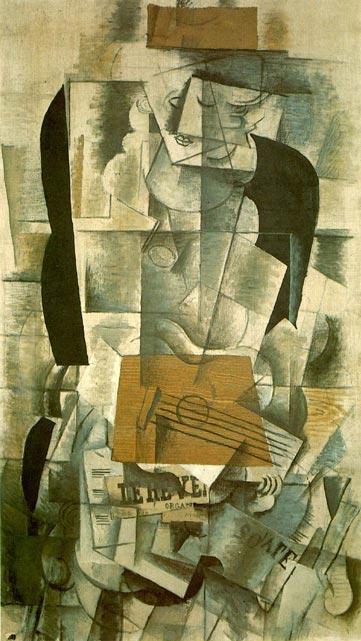
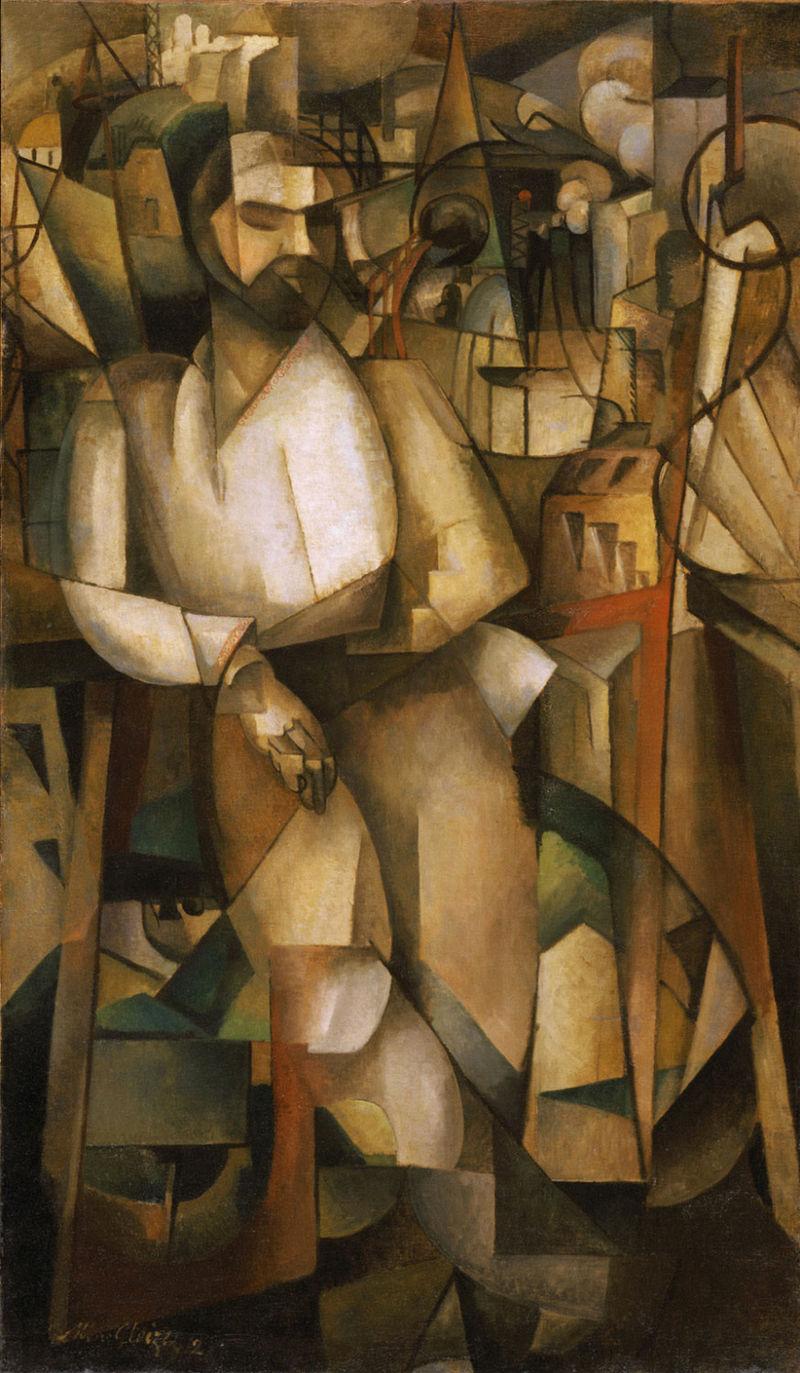
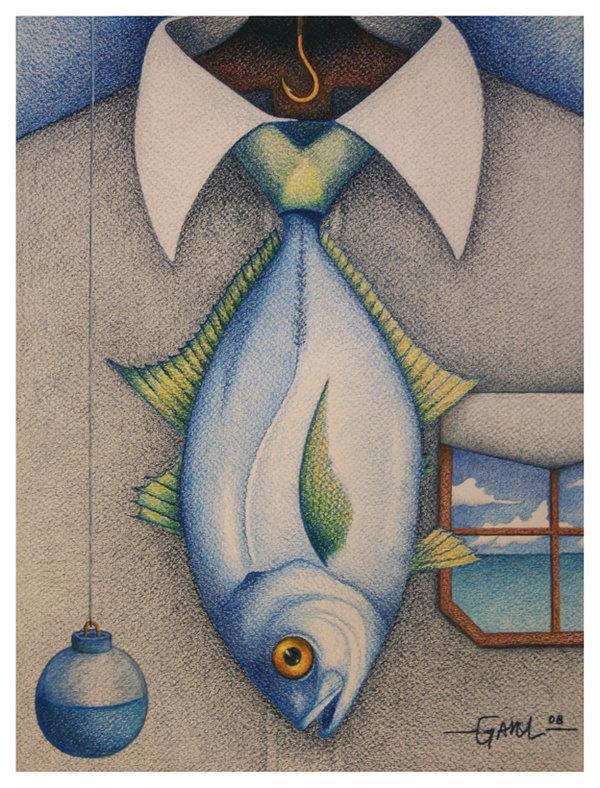
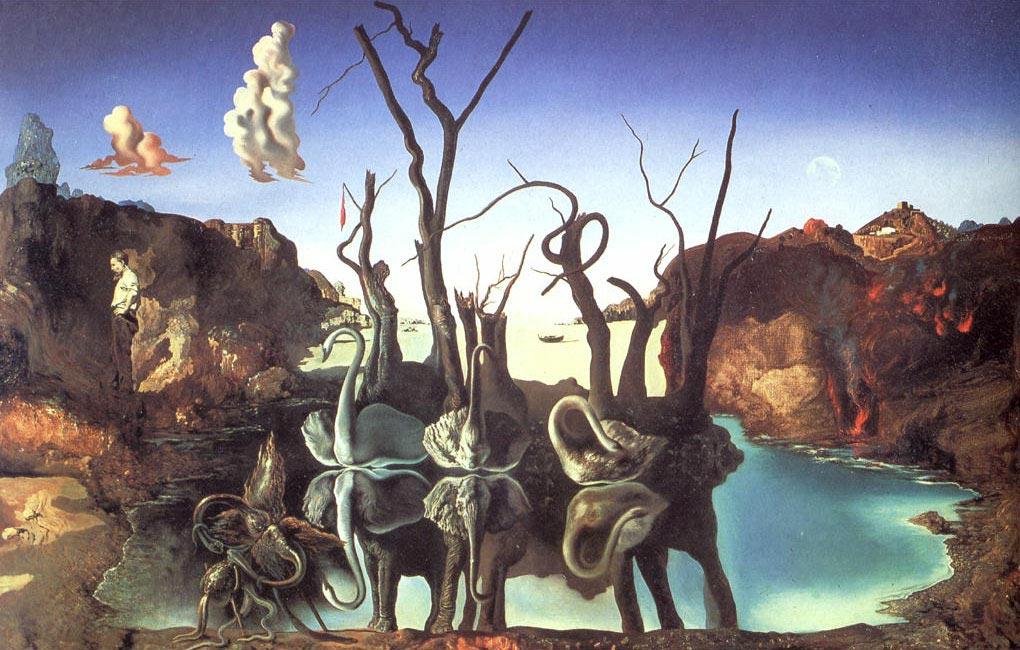
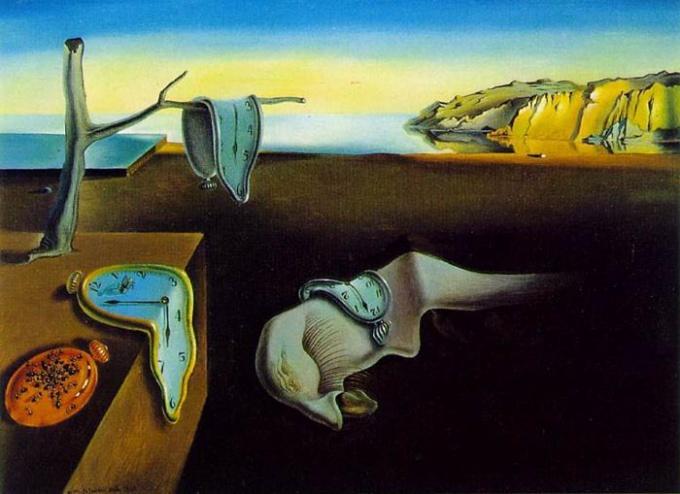 Salvador Dali Постоянство времени
Salvador Dali Постоянство времени
